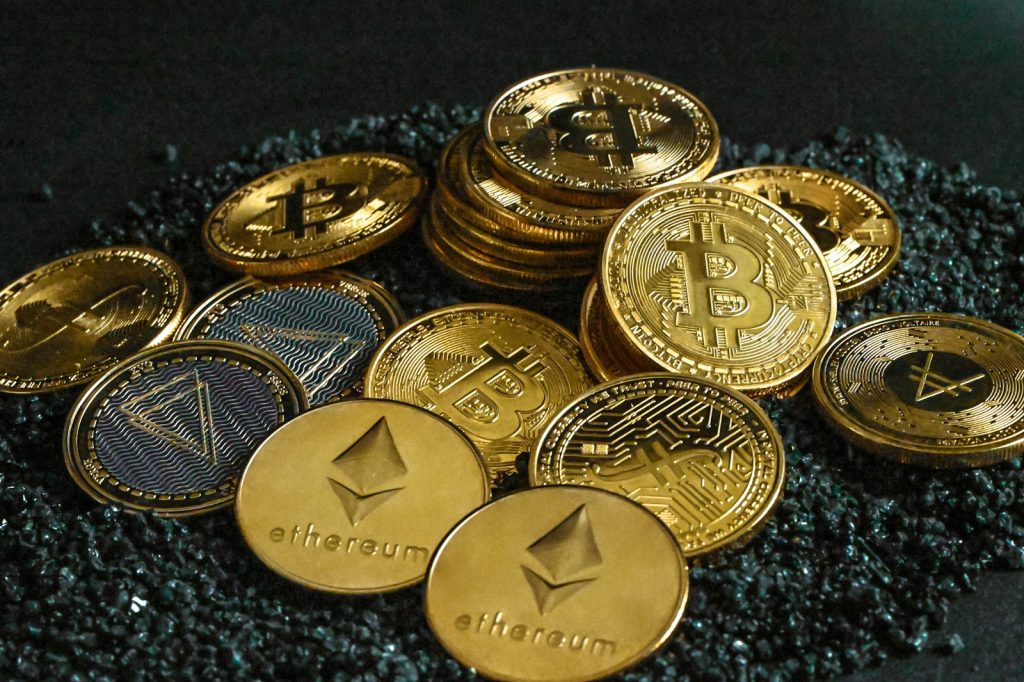Stablecoins: A Game Changer for Cryptocurrency Adoption?

Stablecoins have become one of the most talked-about parts of crypto — and for good reason. Unlike most cryptocurrencies that swing wildly in value, stablecoins are designed to stay, well, stable. They’re usually pegged to something like the U.S. dollar or another traditional asset, making them easier to use for everyday transactions or savings.
This stability could be a major step toward broader crypto adoption, especially for people who are turned off by the volatility of coins like Bitcoin or Ethereum. But as with everything in crypto, it’s not all smooth sailing. There are ongoing debates about how stablecoins should be regulated, how they actually maintain their pegs, and what risks they might pose.
In this article, we’ll break down what stablecoins are, the current regulatory landscape, and the potential economic benefits that could make them a real game-changer.
What Are Stablecoins and Why Are They Important?
Starting with the basics: What are stablecoins? Unlike cryptocurrencies like Bitcoin or Ethereum — which are notorious for their price swings — stablecoins are tied to traditional assets like the U.S. dollar, gold, or even other cryptocurrencies.
This linkage ensures their value remains relatively stable when you trade them on a crypto exchange, making them a safer bet for people looking to dip their toes into crypto.
Stablecoins offer the best of both worlds: the efficiency of digital currencies and the reliability of traditional assets. They can be used for everything from daily purchases to international money transfers. They’re also becoming increasingly popular on crypto trading platforms, where users can trade seamlessly between stablecoins and other cryptocurrencies.
Regulatory Approaches to Stablecoins
As stablecoins gain popularity, regulators are paying closer attention. Since these digital assets are often tied to traditional currencies, they sit in a gray area between crypto and traditional finance. Governments and financial watchdogs are starting to step in, aiming to make sure stablecoins are actually backed by the assets they claim.
Some countries are pushing for stablecoin issuers to follow banking-style regulations, especially if they hold large amounts of customer funds. Others are focusing on consumer protection, financial stability, and preventing money laundering.
The lack of a global standard makes things even more complicated. After all, what’s legal and accepted in one country might not fly in another. For stablecoins to go mainstream, clear and consistent rules will be key.
How Could Stablecoins Drive Wider Crypto Adoption?
One of the most significant hurdles for everyday crypto use is price volatility. Stablecoins could solve that problem by offering the benefits of crypto — such as fast, low-cost, borderless transactions — without the wild price swings. That stability makes them much more appealing for things like payments and remittances.
Businesses are also more likely to accept stablecoins since they don’t have to worry about value suddenly dropping. On top of that, stablecoins can serve as a bridge between traditional finance and decentralized systems, making it easier for new users to dip their toes into crypto.
Challenges and Opportunities for Stablecoins
Despite the promise of stablecoins, there are still challenges that the global crypto market must address. One major hurdle is regulatory clarity.
While central banks are working toward more defined regulations, these guidelines must balance innovation with protection. Too many restrictions could stifle growth, while too little oversight might lead to risks for consumers and investors.
Another challenge is the technological infrastructure needed to fully integrate stablecoins into everyday life. Mass adoption will require further development in blockchain scalability, security, and interoperability between different digital platforms. That said, stablecoins hold the potential to revolutionize industries like e-commerce, banking, and remittances by offering a stable, efficient alternative to traditional financial systems.
The Road Ahead for Stablecoins
Stablecoins have the potential to play a major role in the future of cryptocurrency, acting as a steady, reliable option in a space known for volatility. By offering price stability and real-world usability, they make crypto more approachable for everyday users, businesses, and even institutions.
But their rise also raises important questions. How do users ensure they’re truly backed? Who should regulate them? And how can users be protected without stifling innovation? As stablecoins continue to evolve, striking a balance between oversight and freedom will be essential.
If regulators, developers, and users can work toward solutions that keep stablecoins secure and accessible, these digital assets could be a catalyst for wider crypto adoption. It’s still early, but the groundwork is being laid — and stablecoins might just be a bridge.
Image Source: Unsplash



